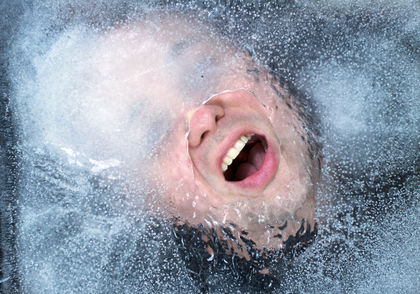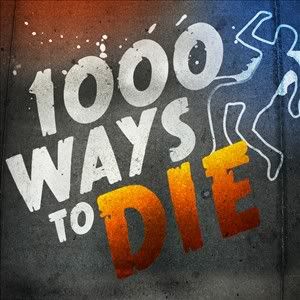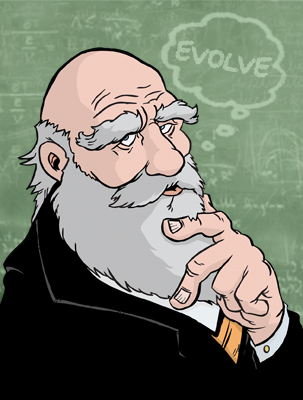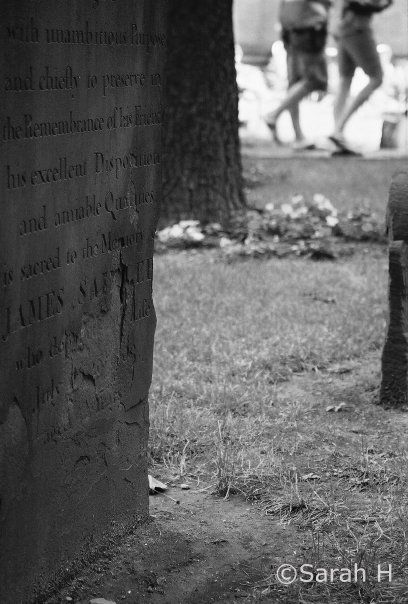On September 10, 2012 Amanda Todd, a fifteen year-old from Vancouver, Canada was found dead from an apparent suicide. Amanda had suffered for years from persistent bullying both at her school and online and had already attempted suicide once by swallowing bleach. Amanda spoke out against cyberbullying in a youtube video and an online presentation; they unfortunately did not end the suffering that was being inflicted on her. However, after her death, Amanda received a wave of support and condolences from both her peers and from people who never knew she existed. Her death has been featured on several news sites with reporters calling her death a tragedy. A facebook page was also created for her and now has over 11,000 likes.
Amanda’s death shares many similarities with the deaths of other teenagers from suicide including Jamie Rodemeyer, who killed himself after years of being the target of anti-gay bullying, and Phoebe Prince, an Irish immigrant who hanged herself after being tormented relentlessly at school and online by her peers. Instead of being vilified by people for having given up on life or brushed aside for more important news stories, both of these teens also received an outpouring of support from their peers and from others around the country. Rodemeyer also received support from several famous people, most notably Lady Gaga who used his death as a rallying cry to call for tougher anti-bullying laws.
All of these incidents of teen suicide due to bullying display an unusual trend. Normally in the US when someone dies by suicide they are still mourned by their peers. However, at the same time, they are often the subject of anger and questioning as to why they have given up on life when they could have potentially worked through their problems. American culture favors those with a “never quit” attitude and rewards those people with respect even if they never truly fulfill their goals. To kill oneself before reaching these goals or living a full life implies that the person is a quitter and did not take life seriously or stop to ask how they could work through their problems.
This definition does a complete 180˚ when it comes to teen suicide due to bullying. Instead of being seen as having given up in the face of adversity, their deaths are seen as a tragedy; the loss of a promising youth who could have been very successful in life. Given that these people are still teenagers and are in a critical development stage of their lives, it is likely that people are more understanding of their situations because they are not yet able to fully grasp the consequences of suicide as well as adults. Additionally, the stresses of everyday life as a teen can also make a bullying situation seem more hopeless in their eyes. Because of this understanding, the teens receive support in levels that they would not have received from their peers if they were still alive.
The tragedy of school bullying has turned teen suicide into a redeeming factor. Teens who are bullied and do not have the support of their peers while they are alive will receive an outpouring of support after killing themselves whether it be from peers who feel guilt for playing a part in the death or from people who genuinely see their death as a tragic one. By killing themselves, the teens redeem themselves in the eyes of their peers even though they likely do not see it this way and are only looking for a way to put an end to their problems.
To read more about Amanda Todd and Jamie Rodemeyer:
http://www.huffingtonpost.com/2012/10/11/amanda-todd-suicide-bullying_n_1959909.html?utm_hp_ref=mostpopular
http://www.ibtimes.com/jamey-rodemeyers-suicide-gets-lady-gaga-angry-bullying-hate-crime-648033
If you suspect that someone you know is having thoughts about suicide, click here. You could potentially save their lives!
http://www.afsp.org/
Nick Tigges






